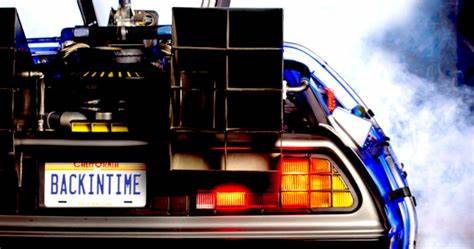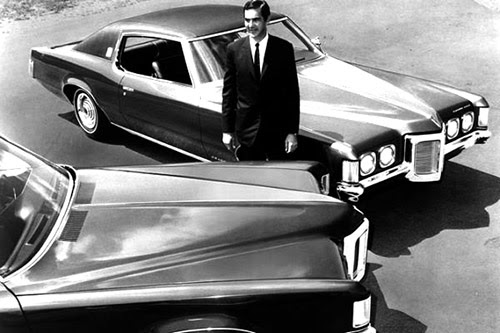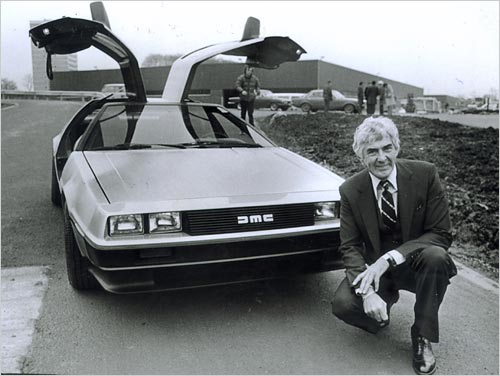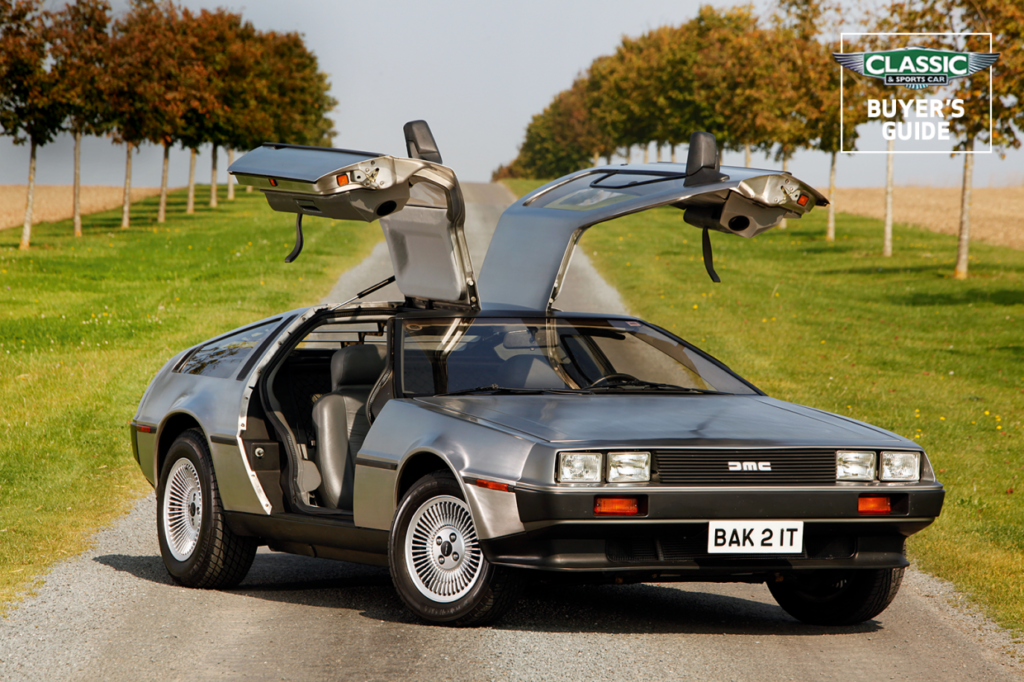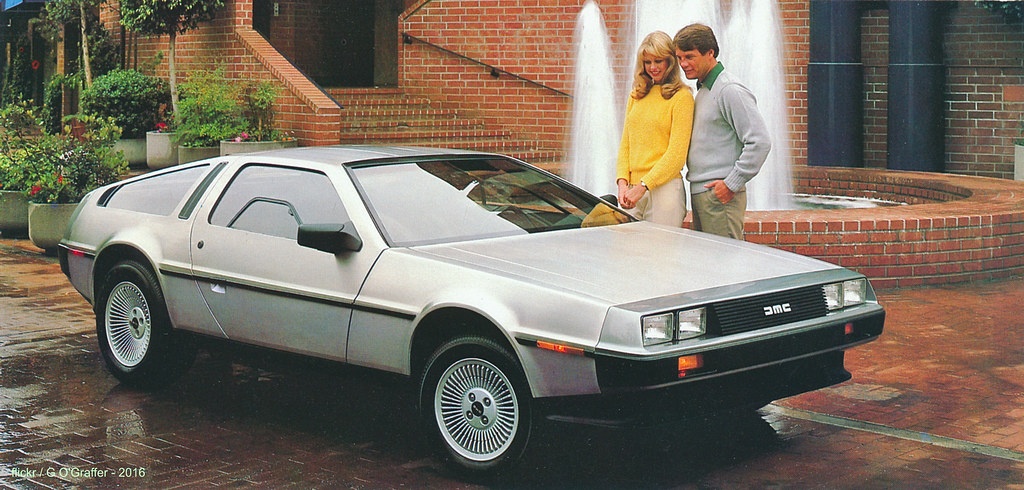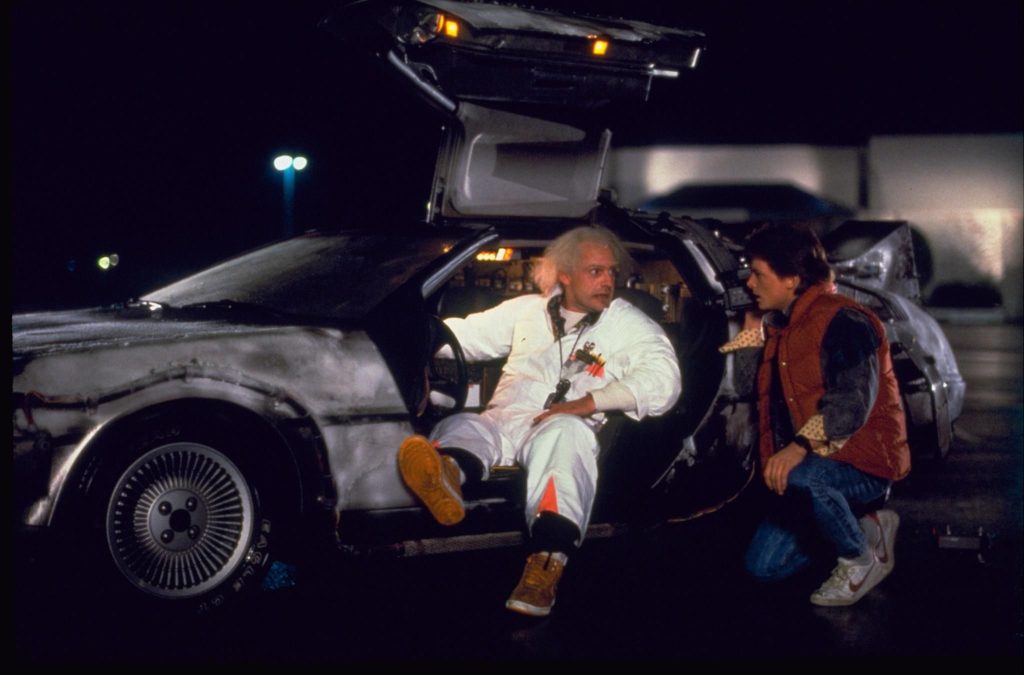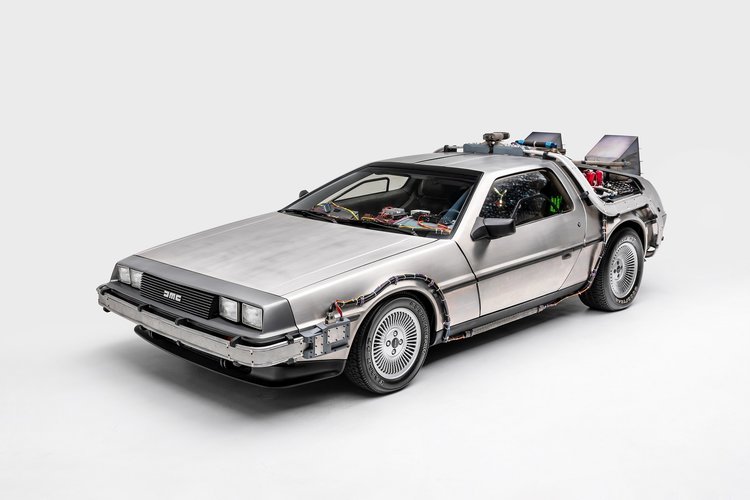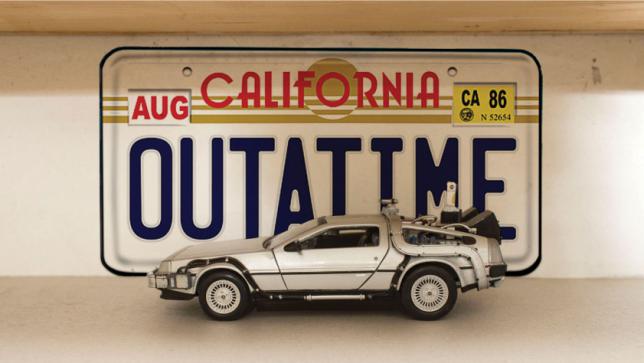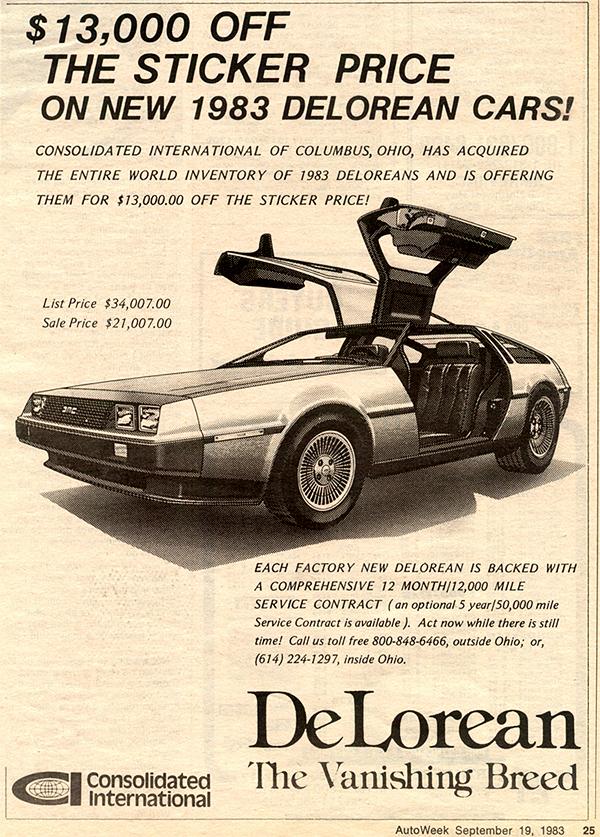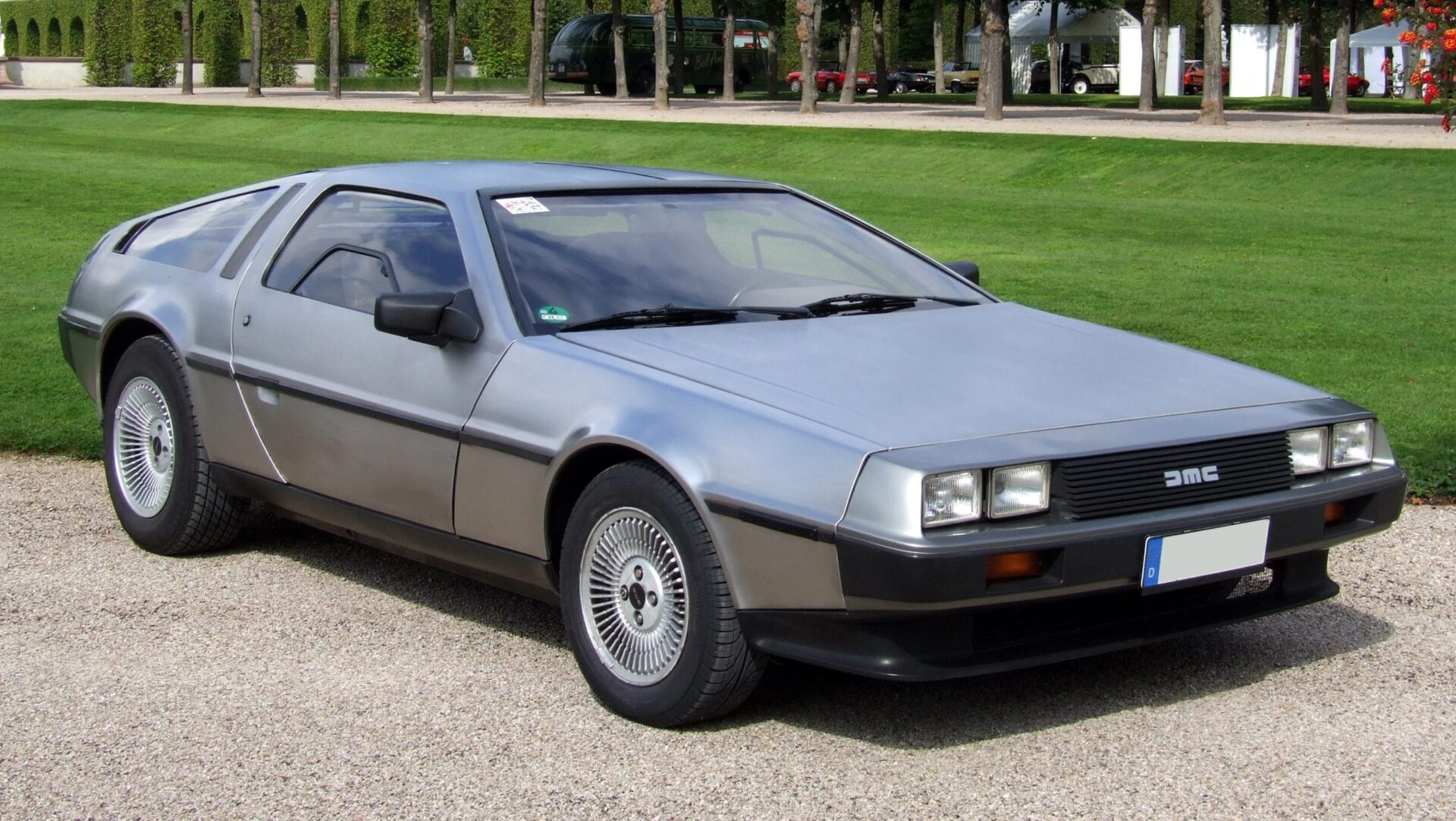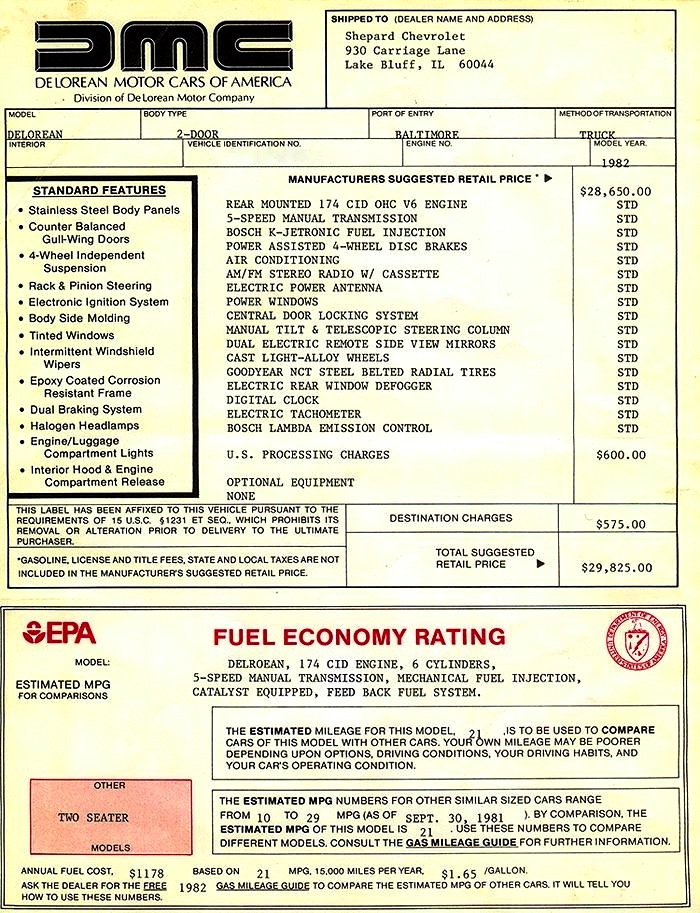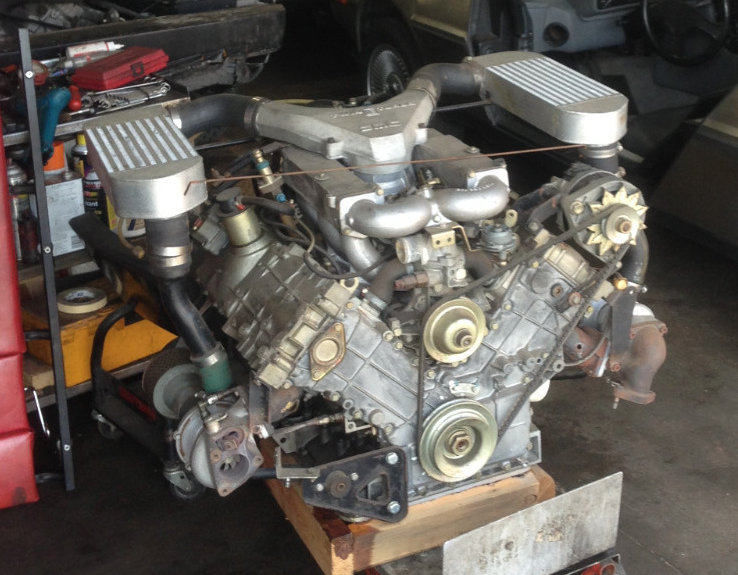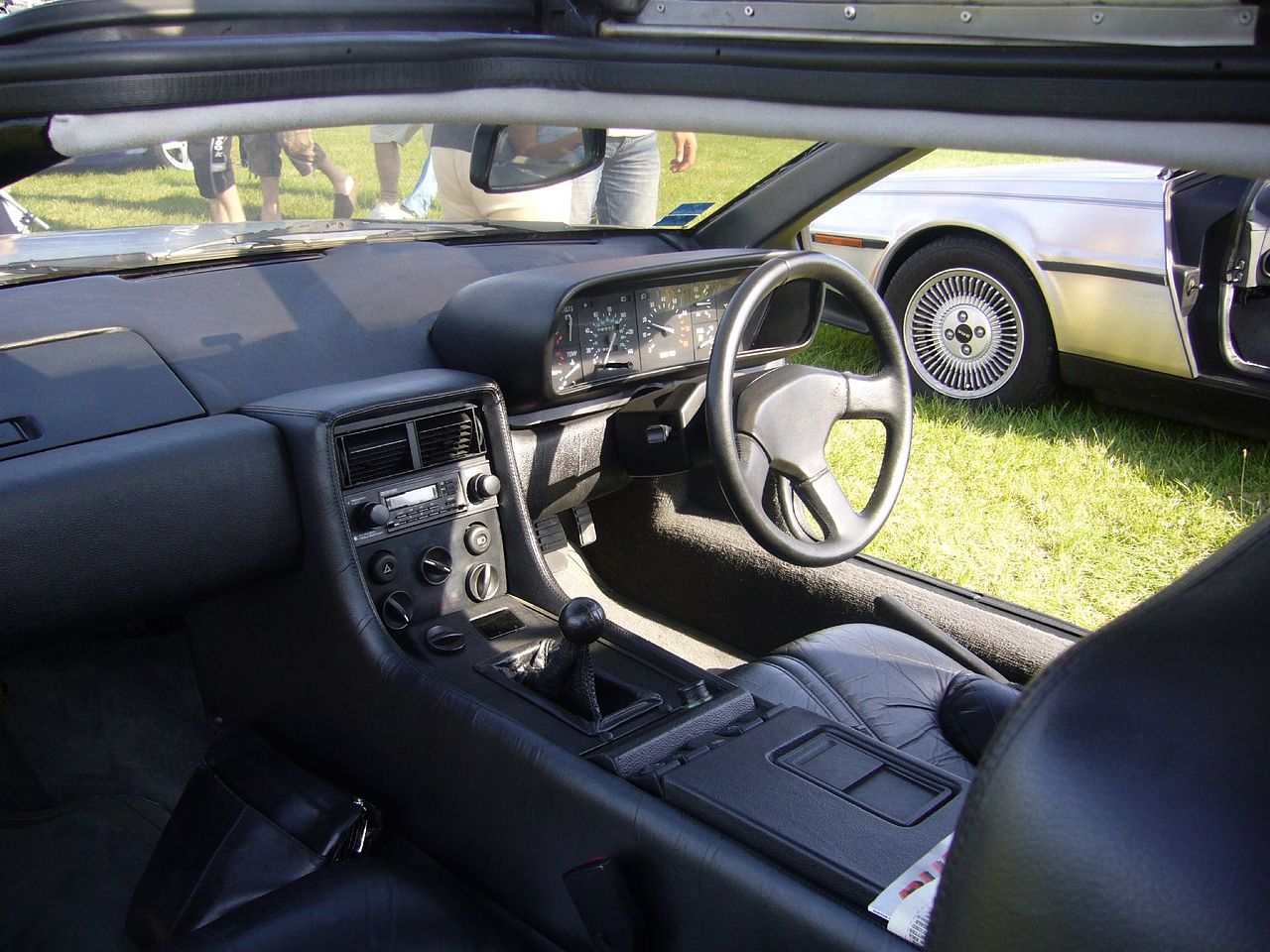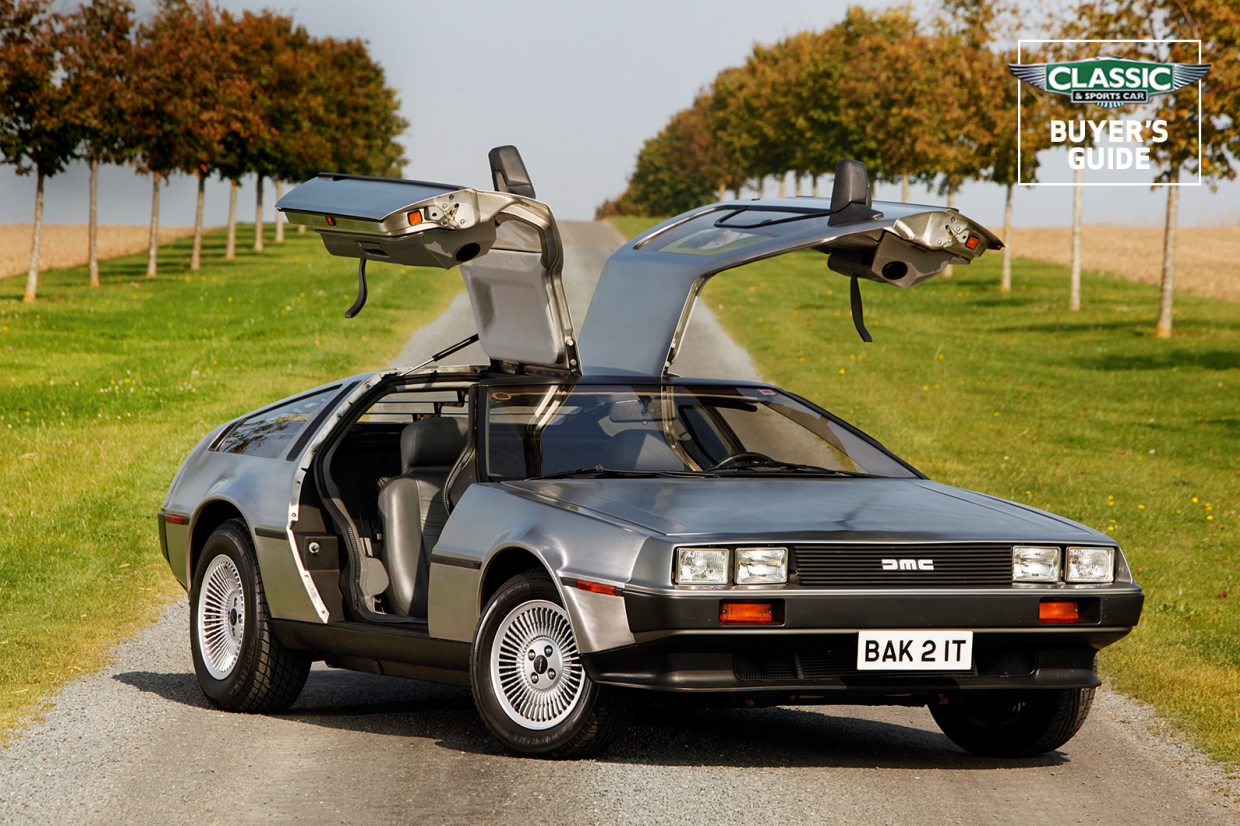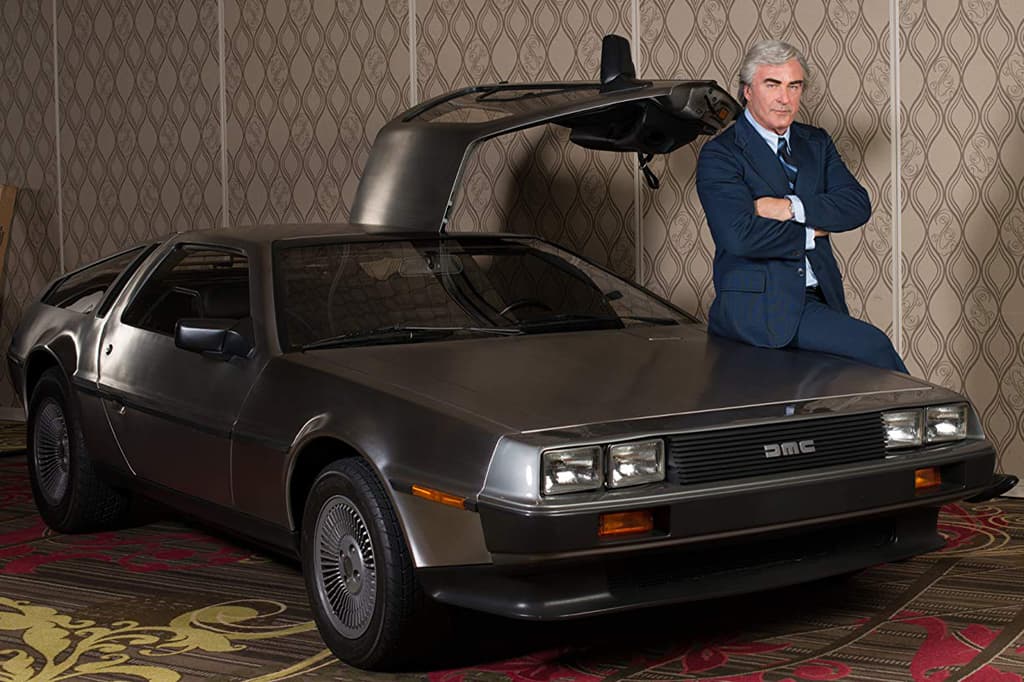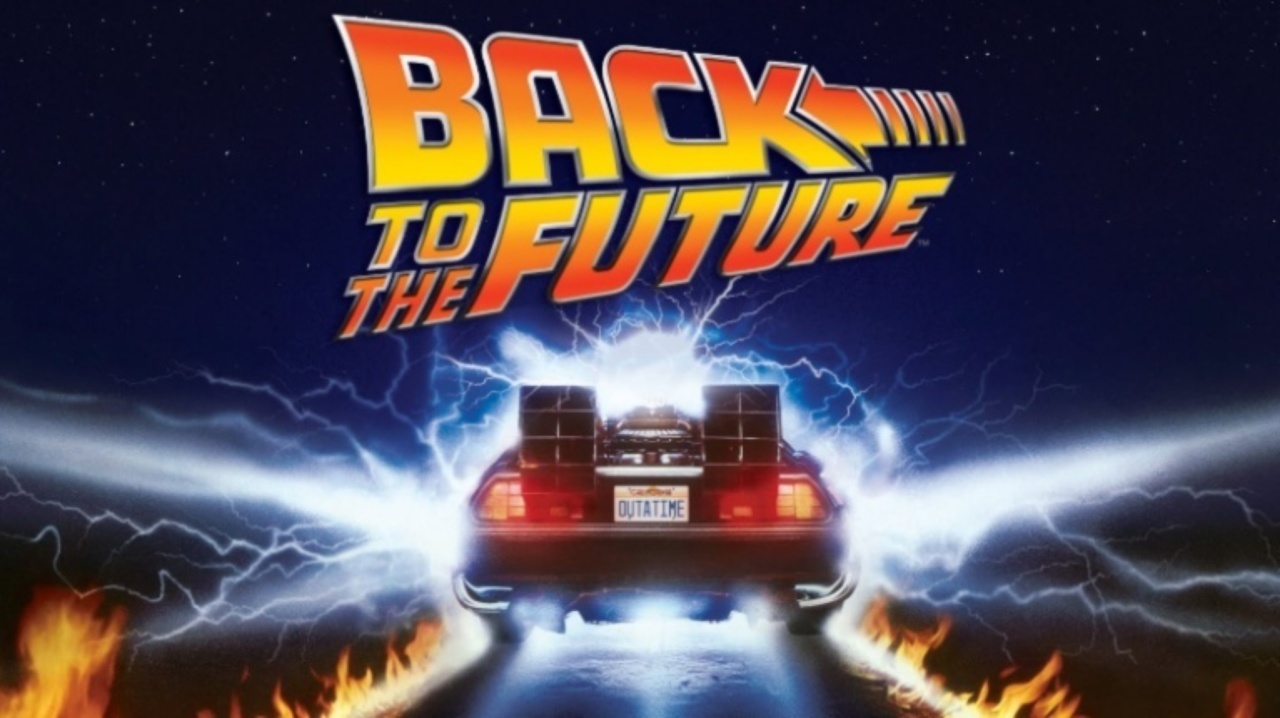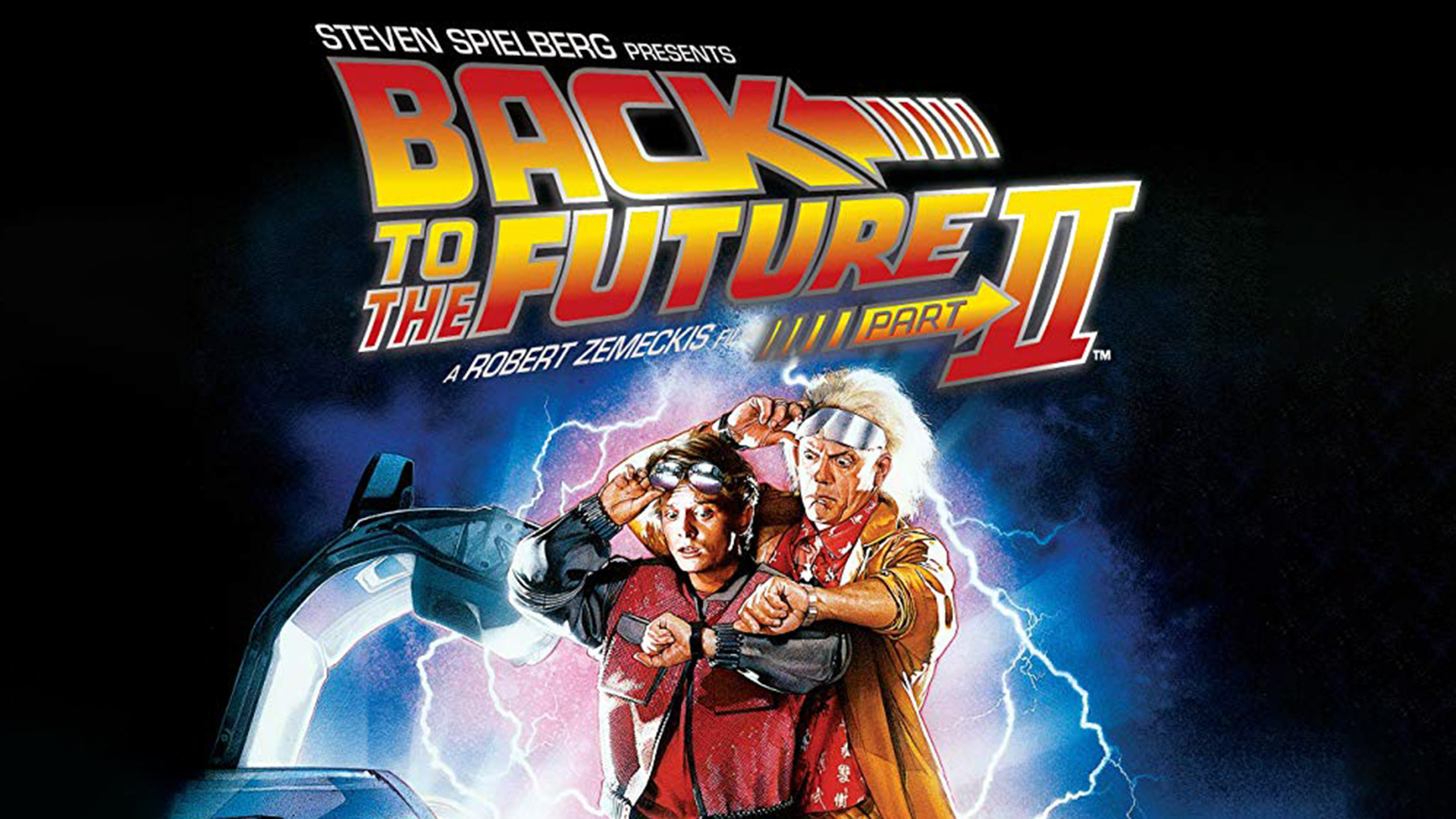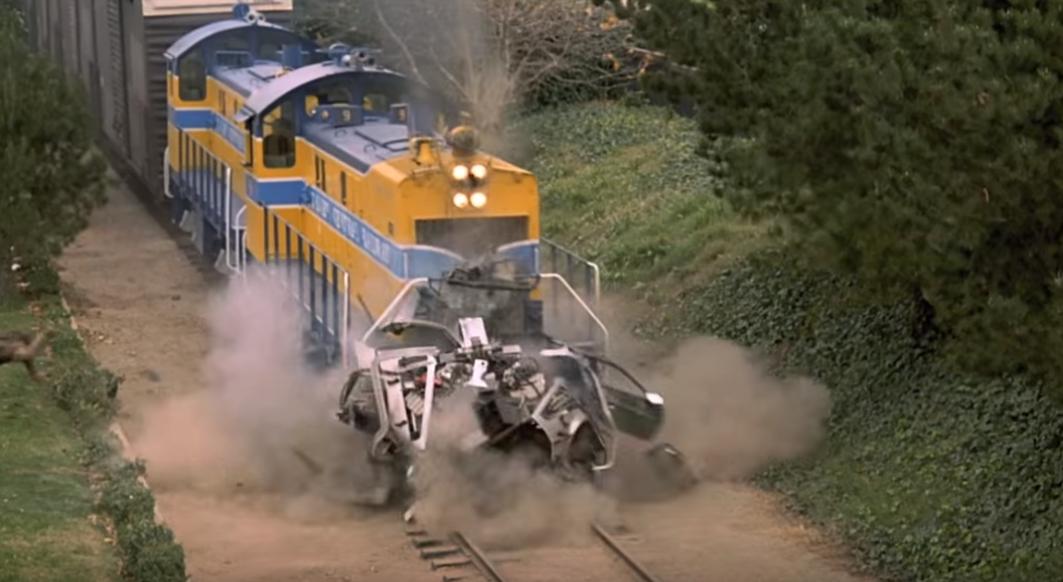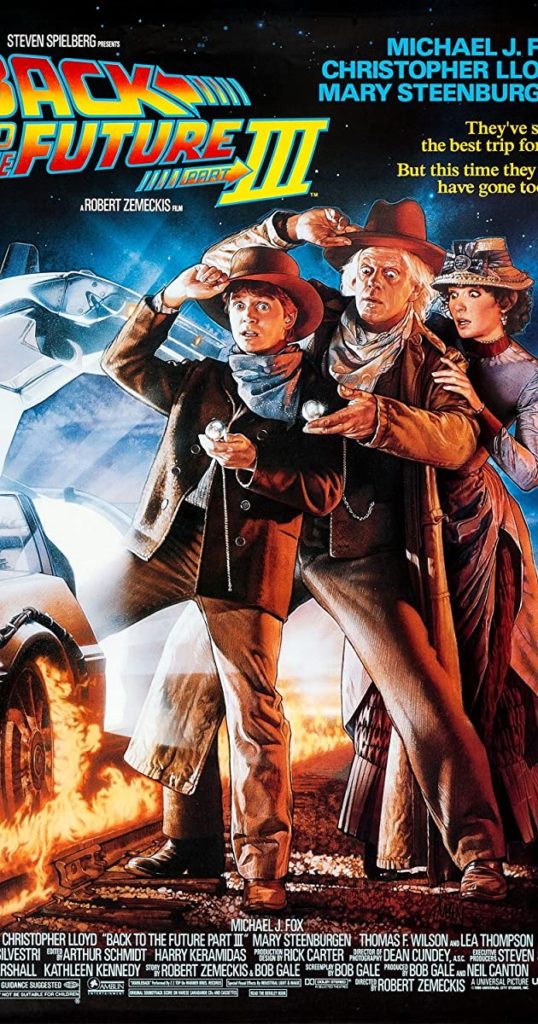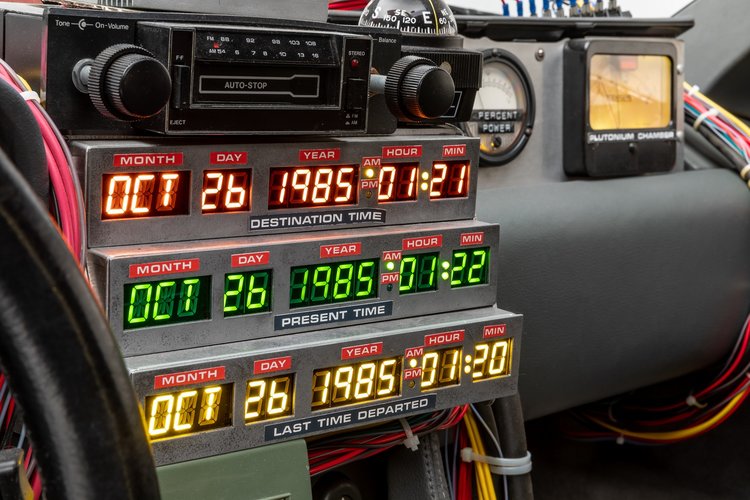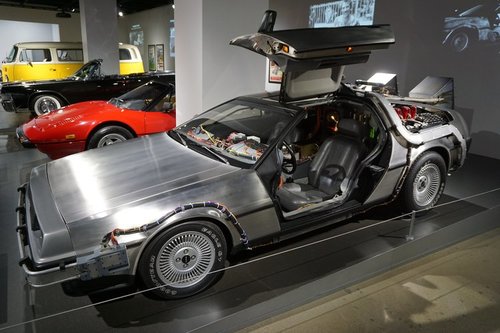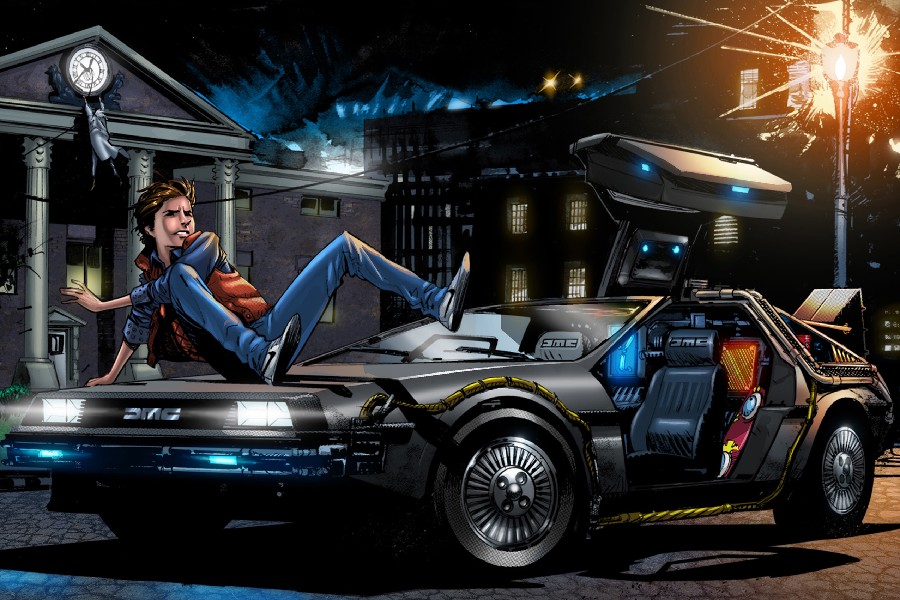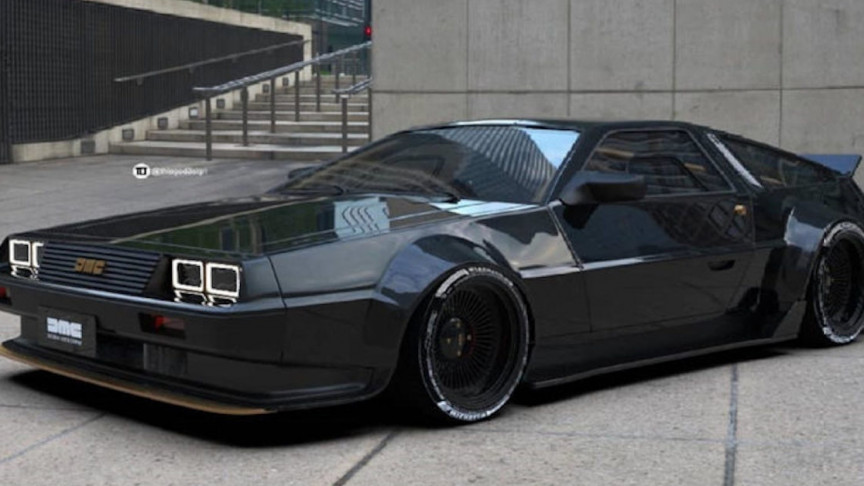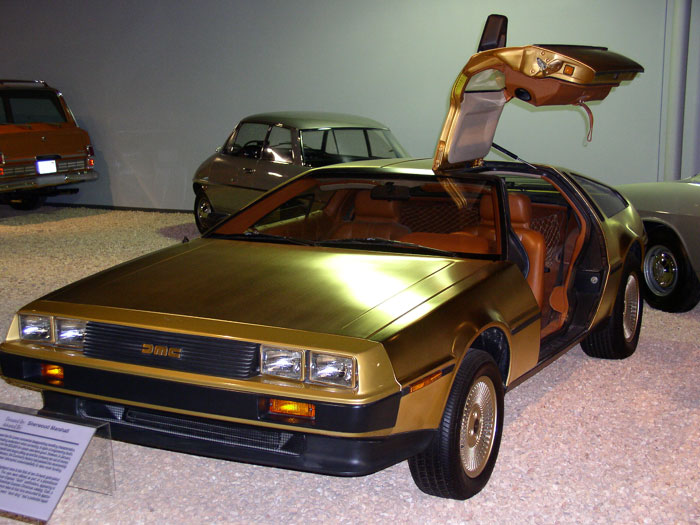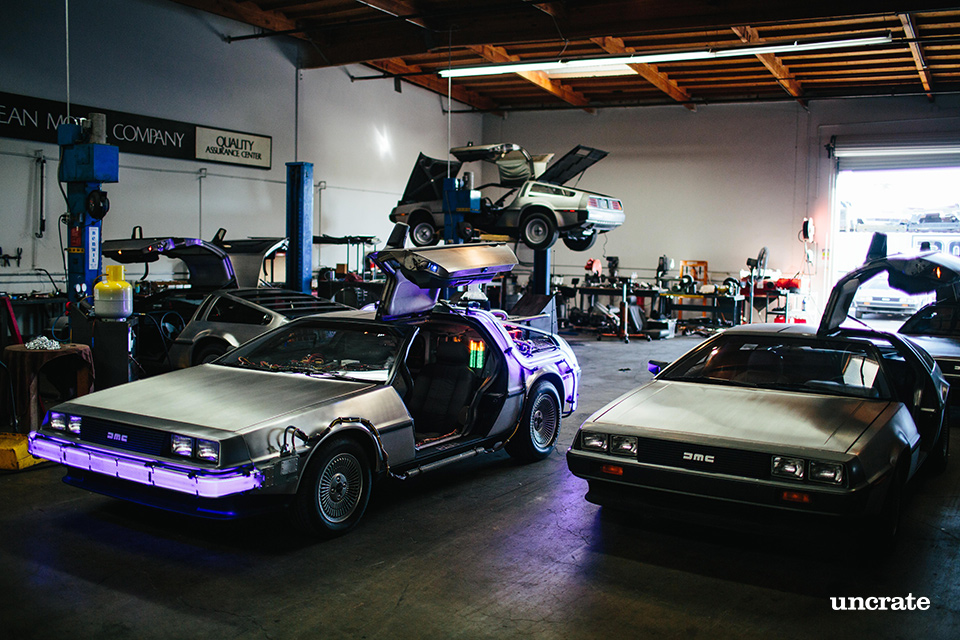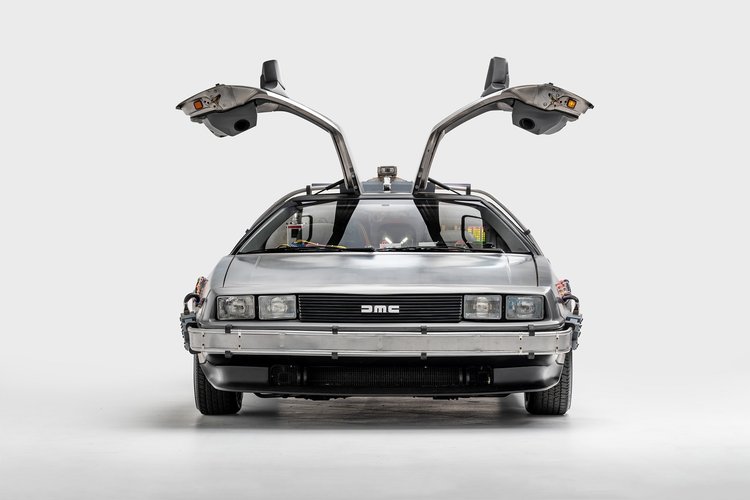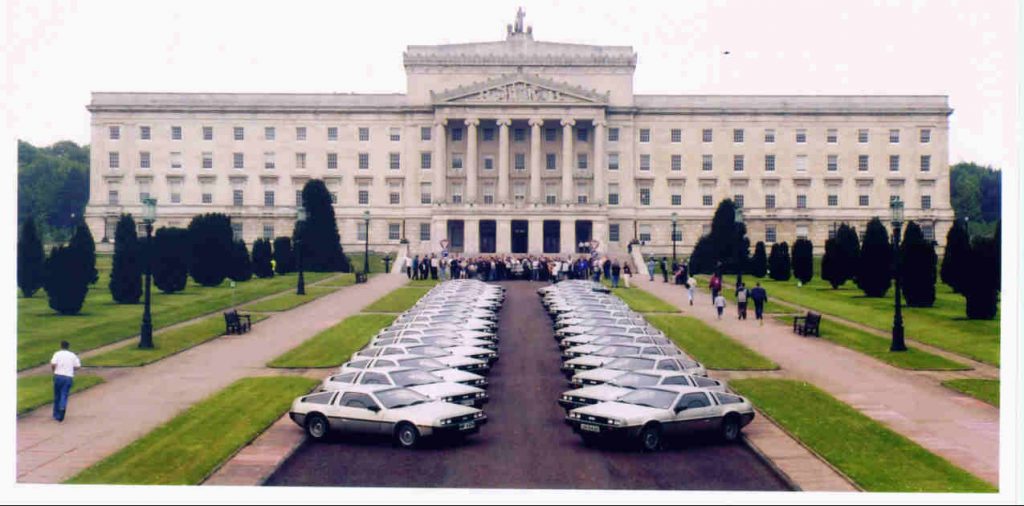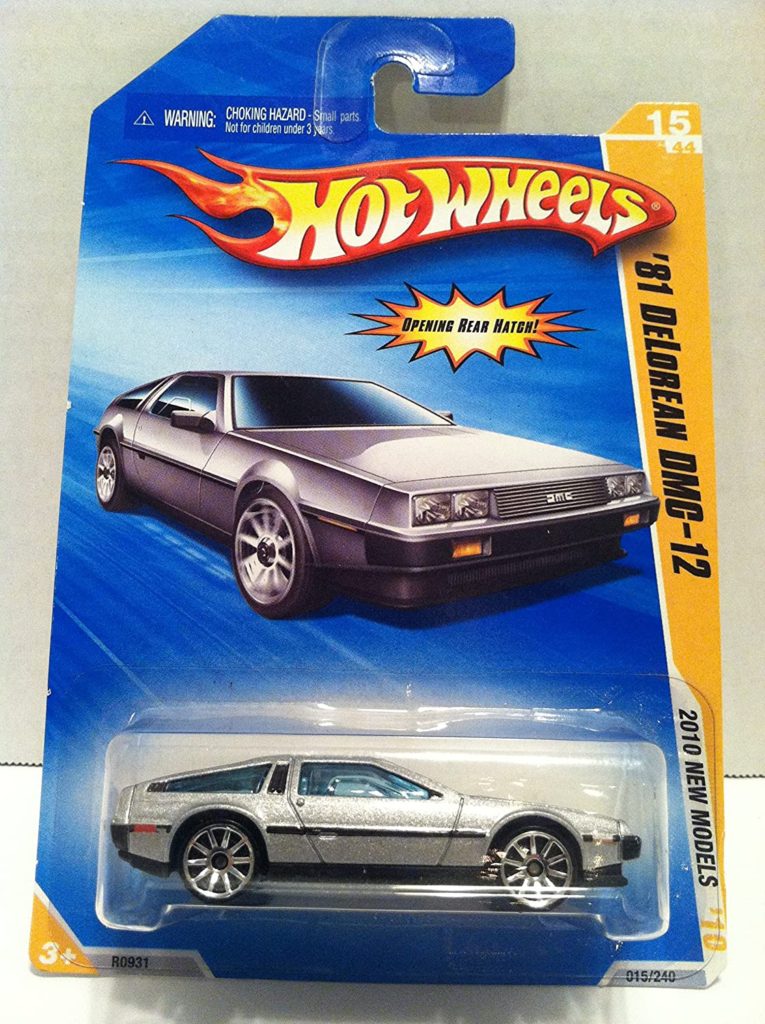Normally my “One Offs” articles have focused on the history and uniqueness of a certain vehicle or brand, but with all this recent talk about documentaries and John Z. Delorean (JZD), it got my spidey-senses tingling. While researching my original One Offs: Delorean article, I happened to stumble across a film called “Back in Time” from 2015, which recounts the creation of the ’80s cult classic movie “Back to the Future.“ Everyone who’s seen it knows why the film was “awesome” but I was hoping to find out more about WHY the movie producers chose the DeLorean, a car with a sorted past, to be a major co-star in the film. A role which would redefine the car, and propel it forever as an “icon.”
“After seeing the film, I wanted to buy a DeLorean…I betcha everybody did!” – Martin Sanchez
The Man
When people hear the name John Zachary DeLorean (JZD) whether they are a car enthusiast or not, they will tend to associate it with the DMC-12 automobile made famous by the Back to the Future franchise. Most people don’t realize how much of an influence JZD had on the automotive industry as a whole. His level of vision and talent exceeded many. John Z. DeLorean was the oldest of four sons to Romanian and Hungarian immigrant factory workers in Detroit. His father worked for Ford and his mother for General Electric. Jumping into the future… 1943 took JZD on a hiatus from education when he was drafted to serve in the Army during World War II. Upon his return, he returned to school and worked part time for Chrysler and a local body shop. He obtained his master’s from the Chrysler Institute and later an M.B.A. in automotive engineering from the University of Michigan.
In 1952, he began working as part of the research and development team for the Packard Motor Company. During his employment with Packard he grew to have a strong sense of attention to engineering and detail in his designs – which carried on with him. JZD left Packard and went to General Motors as an engineer in the Pontiac Division in 1956. When he joined Pontiac they were not considered the “excitement platform” for which GM would later be known. They made cars for older adults and didn’t relate to the youth of the time. Unlike most of John’s fellow engineers, he realized that customers cared about the style of the vehicle and chose not to ignore that.
In 1961 he became the chief engineer for Pontiac and convinced his team to put the 389 cubic-inch engine from the larger Bonneville into the smaller midsize Tempest, re-badging it: the Pontiac Tempest LeMans Gran Touring Omologato (aka “the GTO”). Unfortunately as GM had a strict mandate to not put large engines into smaller cars, it would not be offered until 1964 (as a $295 option package) on the Tempest. The GTO package sold an amazing 32,450 in its first year of production. DeLorean’s creation was the beginning of “the muscle car” and would later become renowned and highly sought after. This success got him promoted ahead of several more senior engineers in 1965 to become Pontiac’s youngest General Manager at the age of 40.
JZD moved to Chevrolet’s division General Manger position in 1969. While with Chevrolet, he was involved in designing the Camaro, Corvette, Nova, and Vega. But after some rocky years with an aging board of directors, JZD was quoted as saying “there’s no forward response at General Motors to what the public wants today… A car should make people’s eyes light up when they step in the showroom. Rebates are merely a way of convincing customers to buy bland cars they’re not interested in.” – That being said, he was promoted again, becoming the youngest Vice President to head up GM’s North American car and truck operations. But this promotion did not sit well with many of the other GM executives and on April 2, 1973 John announced that he would be leaving the company. When leaving GM, JZD is quoted as saying, “Even at $650,000 a year, if the job is not satisfying, you do something else.” That something else led to the birth of DMC.
Around this same time he began toying with his next venture, the “DeLorean Motor Company” (DMC) in 1975. With full control, John was able to work on any concepts without restrictions. His first and only creation would be the DMC-12 … now, best known as “the Time Machine” from the Back to the Future franchise.
“If you’re going to build a time machine into a car, why not do it with some style!”
– Dr. Emmett Brown
The Myth
The DeLorean Motor Company (DMC) was headquartered in Belfast, Ireland and was a short lived venture ending in 1982 after only producing the DMC-12 (known just as “The DeLorean” or “A DeLorean”) with a sales run from 1981-1983. The DMC-12 is defined as a rear engine, rear wheel drive “sports car” that was much different than many other cars available at that time.
The gull-wing doors alone made it stand out from the pack. Not many production cars had them, and those that did were generally out of the average man’s price range (Mercedes 300SL, as an example). The DMC-12 came with a 5 speed manual or optional 3 speed automatic transmission. The DeLorean was originally intended to be powered by a Wankel (rotary engine) but a less costly option of using a Peugeot/Renault/Volvo 2.5L fuel injected V6 was settled on instead. The V6 put out a claimed 130 HP @5500 rpm and 153-ft.lb of torque @2750 rpm. Advertising literature claims it could reach 0-60mph at 8.8 seconds with the manual or 10.5 seconds with the automatic. The top speed for the car was only 109 mph. Luckily Doc Brown and Marty only had to reach 88 mph to travel through time!
For a sports car of this era, these numbers are not the most impressive but it was guaranteed to catch attention as you drove down the road. Suspension was developed by Lotus and included 4-wheel independent suspension, coil springs, and telescopic shocks. The rear was a multi-link setup while the front end used a double wishbone design. The steering rack in these cars had a 14.9:1 ratio requiring only 2.65 turns of the steering wheel from lock to lock. The turning radius of the DMC-12 was an impressive 35 foot circle!
Being a rear engine design, the car had 35/65 front-to-rear weight distribution. Staggered cast alloy wheels on the DMC were 14×6 in the front and 15×8 in the rear. As for standard features, it came with items such as: stainless steel body panels; gull-wing doors with cryogenically treated torsion bars; 4-wheel power assist disc brakes; air conditioning; an AM/FM cassette stereo system, leather seats, power windows, mirrors, and locks; telescopic and tilt steering wheel; tinted glass and electric rear window defogger. There was an additional cost for the automatic transmission and dealer options such as floor mats, sheep skin seat covers, a car cleaning kit, accent stripes, and a luggage or ski rack. Despite being built in the UK, getting a right-hand drive (RHD) DeLorean required an aftermarket team to produce.
In total, roughly 9,000 DMC-12s were built during its short production run. Of those, 6,500 are believed to still exist!
The Legend
It turns out that in the first two drafts of Back to the Future (BTTF), the time machine wasn’t even a vehicle, it wasn’t even mobile, it was a ray that shot out and grabbed the person. Think… “Honey I Shrunk the Kids.” Realizing this wouldn’t appeal to most movie watchers, Robert Zemeckis decided that it made better sense to make the time machine into a vehicle so they could move it around during the scenes more easily. He said in his interview: “We chose the DeLorean, simply because it had Gullwing Doors. And we had this joke … [scene from the movie where: kid hands father a comic ‘tales from space’] in the ’50s when the kid goes into the barn, and thinks a martian has landed, we thought what kind of a car looks like a space ship? A DeLorean, because of the Gullwing doors.”
“It was one of those bucket list things in life… some people want a Rolex watch by a certain age, because it’s a sign of success. You know what, I wanted a DeLorean Time Machine. That’s not too much to ask? And I did it.” – Martin Sanchez
The crew credits the DeLorean Motor Company’s failure to the DMC-12’s success. Had the car not been a One Off it would have just been “another car” – but its own mystique, controversy, and baggage made it unique. In the end, the movie really helped propel its long lasting success. I found it interesting that after many attempts to make the time machine you see in the film, they had to enlist the help of Michael Scheffe – who was known for developing another famous automotive TV-star: KITT. One of my favorite lines from the documentary, is when BTTF writer Bob Gale describes how the team was approached by Ford (by way of Universal Studios) offering up to $75,000 to switch from using the DeLorean, to which he firmly replied: “Richard… Doc Brown doesn’t drive a (bleeping) Mustang!”
According to the film, 7 DeLoreans were used throughout the trilogy: 3 still exist, 2 of them are owned by Universal, and 1 is in private hands. The middle part of the 94 minute film, talks a lot about “restoring” the original DeLorean Time Machine (known as “Time Machine A”), which unfortunately had been removed from the Universal Studio Tour and left to rot (but not rust) on a back part of the lot. Sadly the car was left mostly unguarded and people were actually taking pieces from the iconic movie-star. With the help of fans and DMC enthusiasts, this lead to a blossoming industry of “time machine replicas” and “new parts and support” for DeLorean collectors. Picking up a “new” DeLorean (replica) will set you back an estimated $100,000 through a Texas based DMC company. Each of the remaining BTTF DeLoreans are valued at nearly $530k and can be seen at the Peterson Automotive Museum in Los Angeles.
Roads!, where we’re going… we don’t need roads.
When people speak of One Off vehicles, I’ll always be sure to mention the DeLorean and rightfully so, since it might be one of the most popular one off cars to ever exist – especially if you grew up in the ’80s. This car was undoubtedly made famous by the Back to the Future franchise. Despite its technical specs, the futuristic look, stainless steel body panels and gull-wing doors keeps it securely on the sports car list next to cars like the Ferrari 308, Porsche 930 Turbo, and others. The DeLorean might have a dark past, but it has an even brighter future. #gottawearshades. In many of our hearts, the DMC-12 takes the spotlight! And many more of us still want one, even if it couldn’t actually travel through time. #because.
#neverstoplearning


